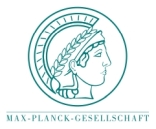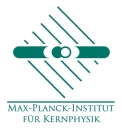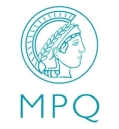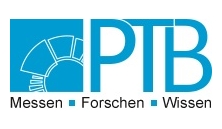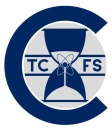Max Planck-RIKEN-PTB Center for
Time, Constants and Fundamental SymmetriesGroup of Ekkehard Peik, Physikalisch-Technische Bundesanstalt, Braunschweig
Center Research Topics
- High-resolution spectroscopy of hydrogen
- Hydrogen lattice clock
- Th-229 nuclear clock
- Transportable optical clocks
Ekkehard Peik's Time and Frequency Department Website ![]()
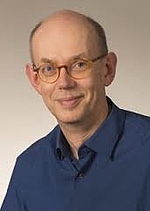
PD Dr. Ekkehard Peik has pursued his scientific career in the field of quantum optics and atomic physics with laser-cooled atoms and ions. As a graduate student at MPQ in Munich (group of H. Walther) he was member of the team that observed the first Coulomb crystals of laser cooled trapped ions. During his Ph.D. work he developed the "endcap" version of the Paul trap that is now a standard design in single-ion experiments and obtained the first laser excitation of the forbidden J=0 -> 0 transition (in In+), that is used in most of the optical clocks investigated today. As a postdoc in the group of C. Salomon at ENS in Paris he observed Bloch oscillations of cold atoms in an optical lattice, a seminal experiment for condensed matter studies with quantum gases. At MPQ and in cooperation with the group of T. Hänsch he contributed to the first optical frequency measurement of a trapped ion with a femtosecond frequency comb generator. Joining PTB in 2001 opened the opportunity to develop optical clocks of the highest precision in an environment that is ideal to work with a team of experts uniting the required professional skills and the required experimental infrastructure. Some of Ekkehard Peik's achievements with the group "Optical Clocks with Trapped Ions" at PTB are:
- The concept of an optical nuclear clock with 229Th, developed together with Chr. Tamm (EPL 2003). This topic is now investigated in more than 10 groups worldwide.
- The optical clocks with 171Yb+ were the first to be compared on a sub-Hz level (PRL 2005), and provided some of the most stringent tests for temporal variations of fundamental constants (PRL 2004, PRL 2014), and recently for violations of Lorentz invariance with atomic clocks.
- The operational 171Yb+ optical clock that is based on the electric octupole transition is now evaluated at a systematic uncertainty of 3×10-18 (PRL 2016), the lowest worldwide for a single-ion clock.
- The first optical detection of the 229Th low-energy isomer and the first measurement of its nuclear moments (together with LMU Munich, 2017, unpublished)
Inspiring young researchers:
Ekkehard Peik has supervised more than 20 PhD students and
postdocs and is frequently invited to give lectures at international schools or tutorials and
workshops. The Time and Frequency Department at PTB welcomes around 200 visiting
groups each year, from scientists to the general public. Outreach activities cover subjects
from ubiquitous applications of clocks, to recent developments in quantum physics and
profound concepts in relativity and cosmology.
International recognition:
Ekkehard Peik is chair of the Executive Committee of the
European Frequency and Time Forum, the most widely attended series of conferences in the
field in Europe, and German delegate to the Consultative Committee for Time and
Frequency (CCTF) at BIPM. He has been coordinator of the project "High-accuracy optical
clocks with trapped ions" of four national metrology institutes within the European
Metrology Research Program EMRP. He has frequently been invited as plenary speaker at
major conferences, like recently at ICAP (2014), ICOLS (2015) and the Ginzburg Centennial
Conference on Physics (2017).
